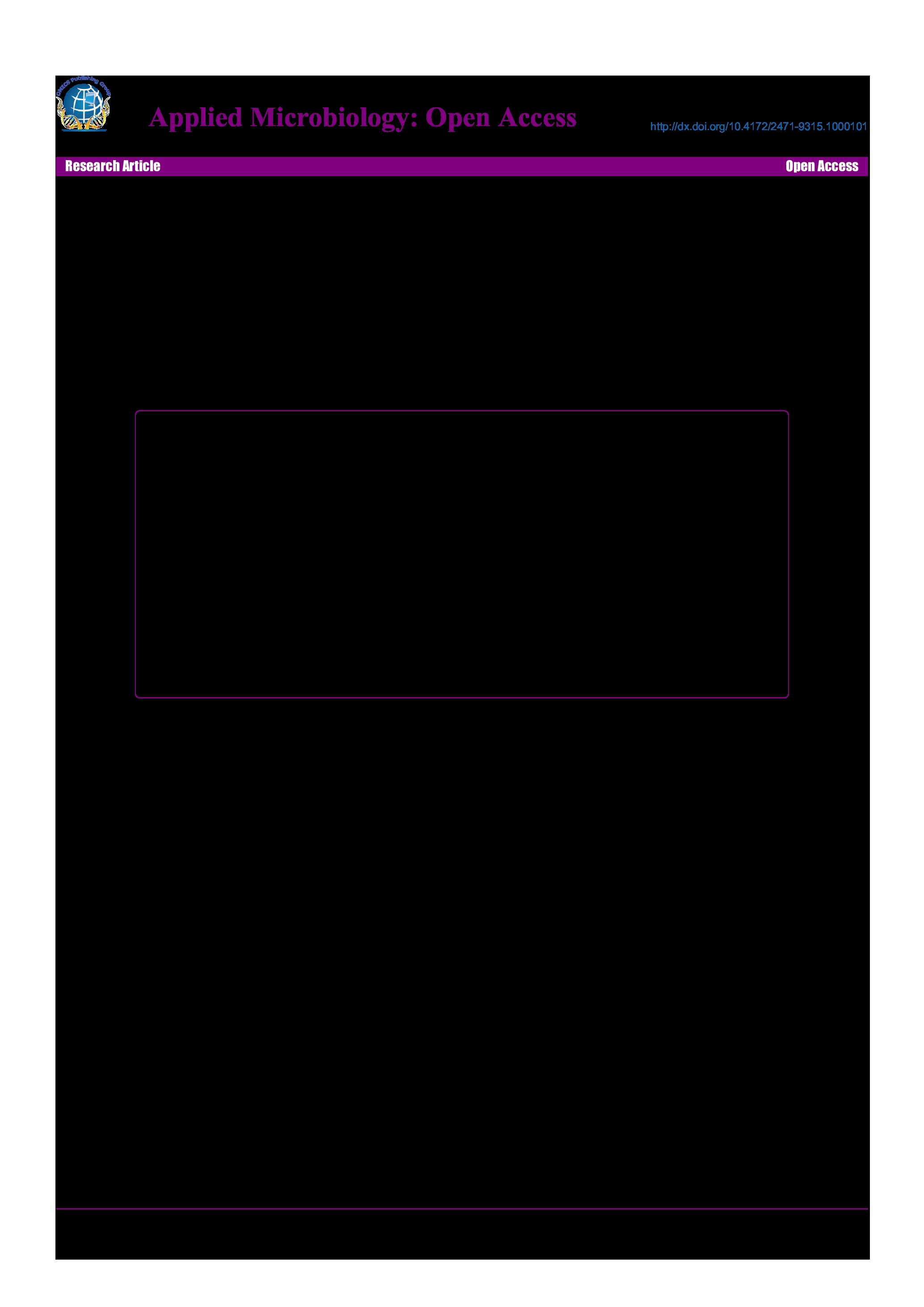Characterization of Antimicrobial Susceptibility Profile of Biofield Treated Multidrug-resistant Klebsiella oxytoca
Affiliation
Trivedi Global Inc.; Trivedi Science Research Laboratory Pvt. Ltd.
Main category
Natural Sciences (Biology)
Abstract
Klebsiella are opportunistic pathogens that cause a wide spectrum of severe diseases. The aim of the present study was to investigate the impact of biofield treatment on multidrug resistant strain of K. oxytoca with respect to antibiogram pattern along with biochemical study and biotype number. Clinical lab isolate of K. oxytoca was divided into two groups i.e. control and treated. Control group remain untreated and treated group was subjected to Mr. Trivedi’s biofield. The analysis was done on day 10 after biofield treatment and compared with control group. Control and treated groups were analyzed for antimicrobial susceptibility pattern, minimum inhibitory concentration (MIC), biochemical reactions and biotype number using MicroScan Walk-Away® automated system. Experimental results showed the impact of biofield treatment on K. oxytoca and found alteration in both antimicrobial sensitivity and MIC values as compared with untreated group. Antimicrobial sensitivity of about 26.67% tested antimicrobials out of thirty was altered with respect to control. MIC results showed about 12.50% alterations in tested antimicrobials as compared to control. Biochemical study showed 24.24% alteration in tested biochemical reactions after biofield treatment. A significant change in biotype number (7713 5272) was identified after biofield treatment as compared to control (7775 4332). In treated group, a new species was identified as Kluyvera ascorbata, as compared to control, K. oxytoca. Study findings suggest that biofield treatment has a significant effect in altering the antimicrobial sensitivity, MIC values, biochemical reactions and biotype number of multidrug resistant strain of K. oxytoca. Biofield treatment could be applied to alter the antibiogram-resistogram pattern of antimicrobials.
DOI
10.18147/smn.2016/paper:470
Do you have problems viewing the pdf-file? Download paper
here
If the paper contains inappropriate content, please
report the paper. You will be redirected to the landing page.
